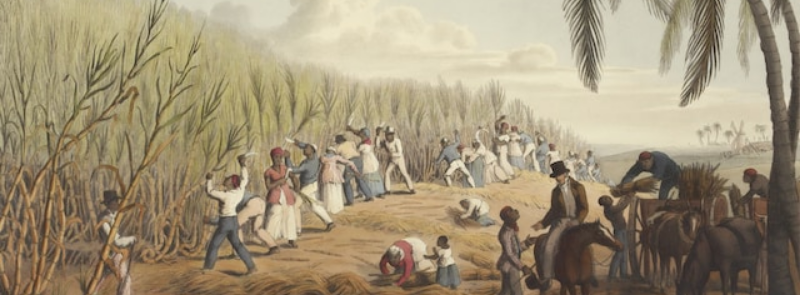
When It Occurs
Every December 2nd
Official Website
Timeline
Days Passed (712)
# Hashtags
#InternationalDayForTheAbolitionOfSlavery #AbolitionOfSlavery
The International Day for the Abolition of Slavery is an annual event observed on December 2, established by the United Nations General Assembly in 1986.
On December 2, 1949, the United Nations General Assembly approved the Convention for the Suppression of the Traffic in Persons and of the Exploitation of the Prostitution of Others. Furthermore, through resolution 57/195 dated December 18, 2002, the Assembly declared 2004 as the International Year to Commemorate the Struggle against Slavery and its Abolition.
Historical Context
-
Abolition Movements: The abolition of slavery has been a long-standing struggle, with various countries and organizations working to abolish the transatlantic slave trade and chattel slavery throughout history.
-
Legal Framework: The United Nations General Assembly adopted the Universal Declaration of Human Rights in 1948, which includes provisions against slavery and forced labor. Several international treaties and conventions have since been established to address slavery, including the Slavery Convention of 1926 and the Supplementary Convention on the Abolition of Slavery, the Slave Trade, and Institutions and Practices Similar to Slavery of 1956.
Purpose and Objectives
-
Awareness and Education: The International Day for the Abolition of Slavery aims to raise awareness about modern forms of slavery, including forced labor, human trafficking, child labor, and exploitation.
-
Promotion of Human Rights: Advocate for the protection and promotion of human rights, including the rights of victims of slavery and forced labor.
-
Commemoration: Honor the memory of those who have suffered and died as a result of slavery and its abolitionist movements.
Activities and Observances
-
Conferences and Symposia: Organizations, governments, and civil society groups organize conferences, seminars, and educational events to discuss the impact of slavery, share research findings, and promote strategies for combating modern slavery.
-
Awareness Campaigns: Launch public awareness campaigns through social media, publications, and community outreach to educate the public about the prevalence of modern slavery and encourage action against it.
-
Legal and Policy Advocacy: Advocate for stronger legal frameworks, policies, and enforcement mechanisms to prevent slavery, protect victims, and prosecute perpetrators.
Global Impact and Challenges
-
Global Issue: Modern slavery persists in various forms across the world, affecting millions of men, women, and children, particularly in vulnerable communities and marginalized populations.
-
Root Causes: Addressing the root causes of slavery, including poverty, inequality, discrimination, and lack of access to education and employment opportunities, is crucial to effectively combating the issue.
-
International Cooperation: Enhance international cooperation and collaboration among governments, law enforcement agencies, civil society organizations, and businesses to combat human trafficking and forced labor across borders.
Calls to Action
-
Ending Modern Slavery: Strengthen efforts to eradicate modern slavery in all its forms and manifestations, including forced labor, human trafficking, child labor, and debt bondage.
-
Protecting Victims: Ensure the protection, rehabilitation, and reintegration of victims of slavery and forced labor, including access to legal aid, healthcare, education, and livelihood opportunities.
-
Corporate Responsibility: Encourage businesses and industries to adopt ethical supply chain practices, conduct due diligence to prevent forced labor, and promote fair labor standards.
Future Directions
-
Sustainable Development Goals: Integrate efforts to eradicate modern slavery into the United Nations Sustainable Development Goals (SDGs), particularly Goal 8.7, which aims to end forced labor, modern slavery, and human trafficking by 2030.
-
Empowerment and Resilience: Empower individuals and communities, particularly those at risk of exploitation, through education, economic empowerment, and social protection measures.
Conclusion
The International Day for the Abolition of Slavery underscores the global commitment to ending all forms of slavery and forced labor. By raising awareness, advocating for human rights, and promoting effective policies and practices, the international community can work together to ensure a world where slavery is eradicated, and all individuals can live with dignity, freedom, and equality.


